Everything You Need to Know About SEO for Your Business
Search Engine Optimization (SEO) is critical for online business growth. It helps your website rank higher on search engines like Google.
Higher rankings mean more visibility and traffic. People are more likely to find your services or products. SEO involves multiple strategies.
These include using the right keywords, creating quality content, and building links. It's not just for big companies; small businesses can benefit too.
Understanding SEO can significantly impact your success online. Let's explore the basics to help your business thrive.
What is SEO and Why It Matters
SEO, or Search Engine Optimization, is the process of enhancing your website to improve its visibility in search engine results pages (SERPs). When people use search engines like Google to find information, they rarely look beyond the first page of results. Therefore, having your website appear on this first page can significantly increase your chances of attracting potential customers.
Key Benefits of SEO:
- Increased Visibility: Higher rankings on SERPs mean greater exposure for your business.
- More Traffic: A highly visible site attracts more visitors, leading to potential sales and conversions.
- Competitive Edge: Effective SEO can give small businesses a leg up over larger competitors.
How to Perform Keyword Research
Keyword research is the backbone of any successful SEO strategy. It involves identifying the terms and phrases that people are using to search for products or services similar to yours. Here’s how you can get started:
Steps for Effective Keyword Research:
- Brainstorm Seed Keywords: Start by listing down basic terms related to your business. For example, if you own a bakery, seed keywords could include "bakery," "cupcakes," and "artisan bread."
- Use Keyword Tools: Utilize tools like Google Keyword Planner, Ahrefs, or SEMrush to expand your list. These tools provide data on search volume, keyword difficulty, and other valuable metrics.
- Analyze Competitors: Look at the keywords your competitors are ranking for. This can reveal gaps in your strategy or untapped opportunities.
- Long-Tail Keywords: Focus on long-tail keywords, which are longer, more specific search terms. These often have lower competition and can attract more targeted traffic. An example would be "best gluten-free bakery in New York."
- Evaluate and Refine: Regularly review and update your keyword list based on performance and changes in search trends.
On-Page and Off-Page SEO Strategies
To excel at SEO, it's important to understand the difference between on-page and off-page SEO. Both areas are pivotal in improving your site's rankings on search engines, ensuring your business gains the visibility it deserves.
On-Page SEO
On-page SEO involves optimizing elements within your website to make it search-engine-friendly. Here are some key components:
- Title Tags and Meta Descriptions: Craft compelling titles and meta descriptions using relevant keywords. This helps search engines understand the topic of your pages. For example, if "best SEO practices" is a trending keyword, include it in your title and meta description.
- Header Tags (H1, H2, H3): Use header tags to organize content and highlight important sections. Headers improve readability and keyword utilization.
- Content Quality: Create valuable, engaging, and unique content that addresses user queries. Trending keywords like "SEO tips," "keyword research," and "organic traffic" can be naturally integrated.
- URL Structure: Use clean, descriptive URLs that incorporate keywords. For example, www.yourwebsite.com/seo-tips-guide is more effective than www.yourwebsite.com/page1.
- Internal Linking: Link to other relevant pages within your site. This helps search engines crawl your website and encourages visitors to explore more content.
Off-Page SEO
Off-page SEO focuses on activities outside your website that impact its authority and ranking. Key off-page tactics include:
- Backlinks: Earn backlinks from reputable sites. High-quality backlinks serve as endorsements and can significantly boost your site's authority.
- Social Media Marketing: Leverage social media platforms to promote your content and engage with your audience. Shares and likes can drive traffic back to your site.
- Guest Blogging: Write guest posts for other reputable websites. This helps you reach a broader audience and earn backlinks.
- Online Reviews: Encourage satisfied customers to leave positive reviews. Reviews can enhance your reputation and influence search rankings.
Combining On-Page and Off-Page SEO
Combining both on-page and off-page SEO strategies can yield powerful results. Here’s how to integrate them effectively:
- Content Promotion: After creating high-quality content, promote it through social media and outreach. This strategy can earn you backlinks and social signals.
- Keyword Integration: Use trending keywords both in your on-page content and off-page promotional efforts. For instance, a blog post on "SEO tips" can be shared on social media with the hashtag #SEOTips.
- Performance Monitoring: Use tools like Google Analytics and Ahrefs to track the performance of both on-page and off-page efforts. This helps you refine your strategy based on data.
The Importance of Local SEO
Local SEO is essential for businesses that operate on a regional rather than a national level. It focuses on optimizing your online presence to attract more business from relevant local searches. These searches happen on Google and other search engines.
Why Local SEO Matters
Local SEO is crucial for small and medium-sized enterprises (SMEs) that rely on local customers. Here are key benefits:
- Increased Foot Traffic: Optimizing for local search can drive more traffic to your physical store.
- Greater Online Visibility: Appearing in local search results, especially Google's Local Pack, enhances your visibility.
- Enhanced Customer Engagement: Customers are more likely to interact with websites they find locally relevant.
Key Elements of Local SEO
Google My Business:
- Claim and Optimize: Ensure your business is claimed and fully optimized on Google My Business (GMB). Include comprehensive information such as business name, address, phone number, and operating hours.
- Categories and Attributes: Select appropriate categories and attributes for your business.
- Customer Reviews: Encourage satisfied customers to leave reviews on your GMB listing.
Local Keywords:
- Keywords: Integrate local keywords such as "near me", "best pizza in Chicago", or "Los Angeles SEO services" into your content.
- Geo-modifiers: Use geographic qualifiers in your keywords. For instance, "digital marketing agency in NYC" rather than just "digital marketing agency".
NAP Consistency:
- Maintain NAP: Ensure your Name, Address, and Phone number are consistent across all online platforms. This includes your website, social media profiles, and online directory listings.
Local SEO Strategies
- Local Citations: Get listed in online business directories such as Yelp, Yellow Pages, and industry-specific sites.
- Localized Content: Create content relevant to local events, news, or activities. This can include blog posts about local industry trends or community activities.
- Backlinks: Secure backlinks from local websites, including newspapers, bloggers, and sponsorships.
Measuring SEO Success
Effectively measuring the success of your SEO efforts is crucial to refining your strategy and ensuring continued improvement. Here are some key metrics and tools to help gauge the impact of your SEO activities:
Key Metrics to Track
Organic Traffic:
- Google Analytics: Utilize Google Analytics to monitor the volume of organic traffic to your website. This can help you understand how well your SEO strategy is performing in attracting visitors.
- Trends to Watch: Look for trends in traffic increases or decreases to identify what’s working or where adjustments may be needed.
Keyword Rankings:
- Rank Tracking Tools: Tools like Ahrefs, SEMrush, and Moz allow you to track where your website ranks for specific keywords.
- High Impact Keywords: Focus on trending keywords such as "SEO strategies," "organic search," and "keyword optimization" to see how they perform over time.
Conversion Rate:
- Goal Tracking: Set up goals in Google Analytics to measure how many visitors complete valuable actions on your site, such as filling out a form or making a purchase.
- Optimization: Analyze which pages have the highest and lowest conversion rates so you can optimize them effectively.
Backlink Profile:
- Quality and Quantity: Use tools like Ahrefs or Moz to analyze the quantity and quality of backlinks pointing to your site. High-quality backlinks from reputable sites can significantly boost your domain authority.
- Link Diversity: Ensure a diverse backlink profile by earning links from various relevant sources.
Bounce Rate:
User Engagement: A high bounce rate can indicate that visitors are not finding what they’re looking for on your site. Check Google Analytics to monitor this metric and make improvements to content or design if necessary.
Wrapping Up Your SEO Journey
SEO is a powerful tool for small businesses looking to compete in the digital landscape. Remember to track your progress, avoid common mistakes, and stay updated with emerging trends.




